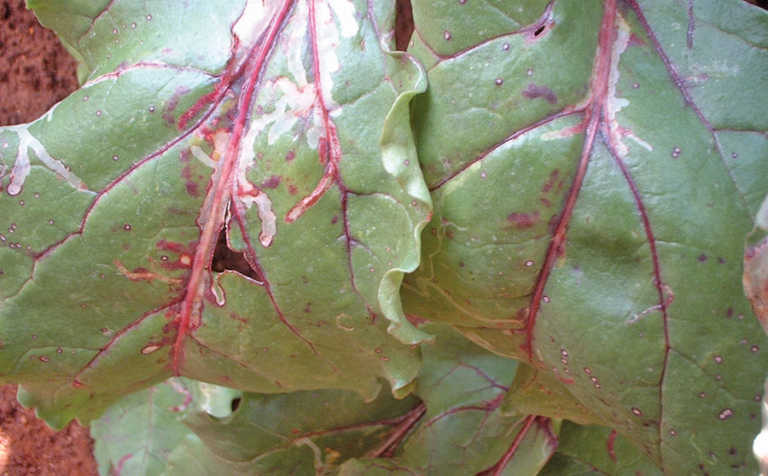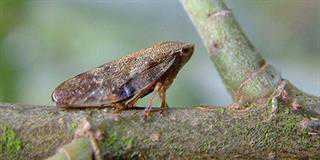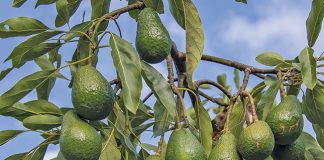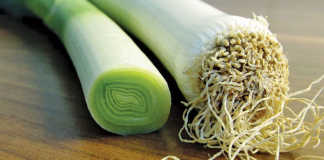
Various pests can be a threat to a beetroot crop. One of the worst is cutworm. This will not affect every planting, but if it does invade, it can cause great damage. So it’s wise to take precautions.
Cutworms will be noticed only after the damage has been done. The best approach, therefore, is to spray the entire area with a pyrethroid directly after planting and again before the plants emerge.
This will not end the threat, however. The initial flush of weeds will often encourage cutworm moths to lay eggs on the new growth. After the weeds have been hoed, the larvae will feed on the decomposing weeds and become large enough to start eating the developing beetroot.
Scout the land for the larvae from time to time. If you find any, spray the base of the plants near the ground with a pyrethroid from a knapsack sprayer. Avoid spraying the leaves; the pesticide will kill insect predators that help control beetroot pests.
Other pests
Leaf miner is a serious pest that cannot be ignored. It is a small fly that lays eggs on the leaf. The larvae then bore through the leaf, leaving trails and settings the plant back tremendously.The pest is normally controlled effectively by parasitic wasps.
If harsh pesticides are used, however, these wasps will die and leaf miners will start appearing in greater numbers.
If you do get an outbreak, spray with abamectin; this will reduce leaf miners and have minimal effect on the wasps.By contrast, the larva of the Hawaiian beetroot webworm usually does only minor damage, although it can occasionally be destructive.
As the larvae are rather small, you are more likely to spot the holes in the leaves first. It can be controlled similarly to leaf miner.
The pest is predated by small, black parasitic wasps – look out for small white cocoons on the leaves. If these are present, you may not need to spray. But if there is a serious infestation, use DiPel to control the pest without harming the beneficial wasps.
Disease risk
The most common disease is Cercospera leaf spot, which causes reddish- ringed spots on the leaves after prolonged wet conditions. Use Folicur or any other suitable fungicide recommended by your pest control advisor if spots develop.
Proven cultivars
The two most popular open-pollinated beetroot varieties are Crimson Globe and Detroit Dark Red (DDR). Although the root colour of Crimson Globe is not as good, the plant is more likely to do better in cold conditions than DDR. It holds its leaf colour better in the cold and produces a stronger leaf, making it ideal for bunching.
Crimson Globe is sometimes grown in the heat of summer in cool areas, where the growth tends to be better than DDR. But under these conditions, white rings will often be seen in the root. These do not affect the taste, but can put off some customers. Beetroot is essentially a cool-weather crop and does not grow well in subtropical summers.
DDR has a well-shaped, round root with excellent flesh quality. Leaf growth is good in spring and autumn, but suffers somewhat in winter in cold areas. It does very well in subtropical winters. When starting out, it’s a good idea to plant both varieties and see which works best for you. If you market bunches, wash them after they have been tied. Also, make sure they are kept in the shade and stay moist until marketed. Freshness is a strong selling advantage.
It does very well in subtropical winters. When starting out, it’s a good idea to plant both varieties and see which works best for you. If you market bunches, wash them after they have been tied. Also, make sure they are kept in the shade and stay moist until marketed. Freshness is a strong selling advantage.
Also, make sure they are kept in the shade and stay moist until marketed. Freshness is a strong selling advantage.













